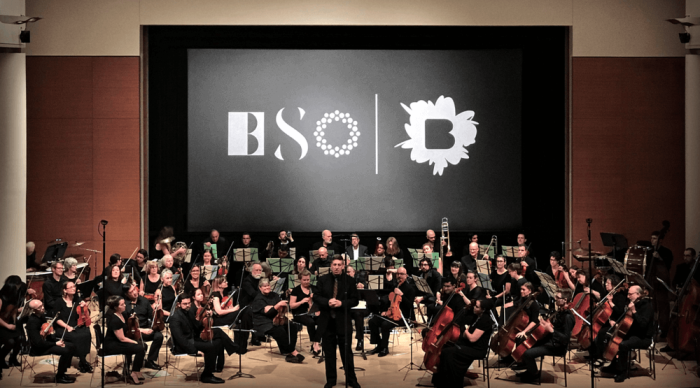BY STEPHANIE BUHMANN | In 2010, James Franco participated in a one-night-only shoot for General Hospital, which was held at the Museum of Contemporary Art in Los Angeles. It is as unusual for a popular Hollywood star to make an appearance in a soap opera as it is for a leading cultural institution to host such an event. By presenting his experimental “Francophrenia” at the Tribeca Film Festival, Franco now reveals his ulterior motive.
FRANCOPHRENIA
(OR: DON’T KILL ME, I KNOW WHERE THE BABY IS)
Feature Narrative
Directed by Ian Olds and James Franco
Screenplay by Paul Felten
Runtime: 70 Minutes
Sun. 4/22, 5:30pm at SVA Theater;
Tues. 4/24, 8:30pm & Sat. 4/28, 12pm
at Clearview Cinemas Chelsea
For tickets and info, visit tribecafilm.com or call 646-502-5296.
On the day of the shoot, he showed up on set with his own film team in tow. They followed him closely, compiling no less than 40 hours worth of behind-the-scenes footage. Franco later hired award-winning filmmaker and editor Ian Olds and screenwriter Paul Felten to sift through the material and come up with their own storyline. In collaboration with Franco, who allowed them total freedom (and, as Olds stated, “never once intervened to defend his celebrity”), they transformed the documentary footage into an avant-garde psychological study.
By first intersecting and finally deeply entangling multiple realities, “Francophrenia” investigates notions of illusion and delusions that can manifest through fame.
From the start, the viewer follows Franco’s usual routine. He arrives on set, gets prepared by makeup artists, signs autographs for fans, waits around for his scene and finally acts out his part according to the director’s demands. By adding a subjective internal monologue (spoken by Olds playing the voice of Franco), the film tricks us into believing that we have access to Franco’s most intimate thoughts.
The plot becomes more complicated as the actual shoot of the soap’s episode progresses. Franco the actor slowly turns into the fictitious character he is supposed to play for General Hospital — an artist and manic killer also called Franco. His thoughts increasingly switch between those of an actor (who finds himself on a strange film set as if abruptly woken from a dream) to those of an aggressive killer seeking revenge. As a result, the soap’s over-dramatized storyline involving kidnapping and murder becomes more and more reflected in the dubbed documentary footage. In the end, both worlds seem equally irrational and absurd.
Rather than bathing in his celebrity, Franco has chosen to explore its inherent irrationality in various art projects. In this particular film, he does so with a sense of humor that still allows for a dark undercurrent.

















